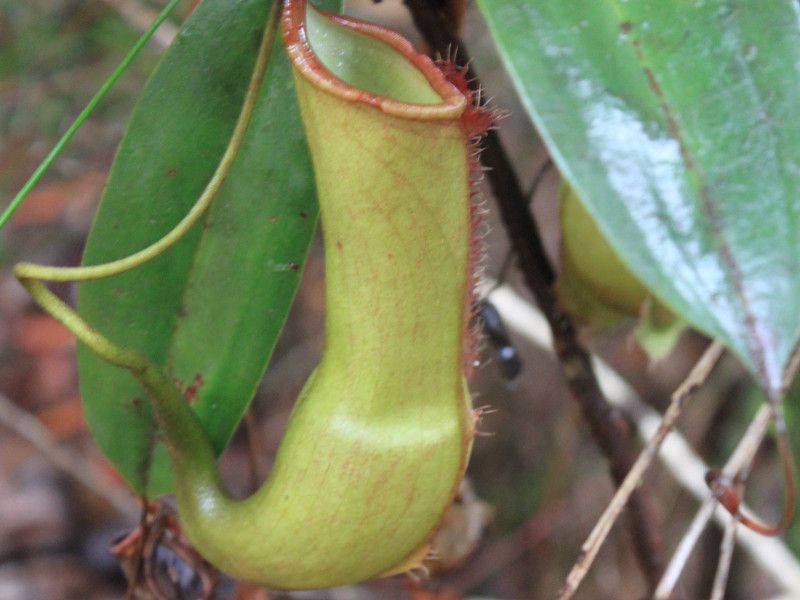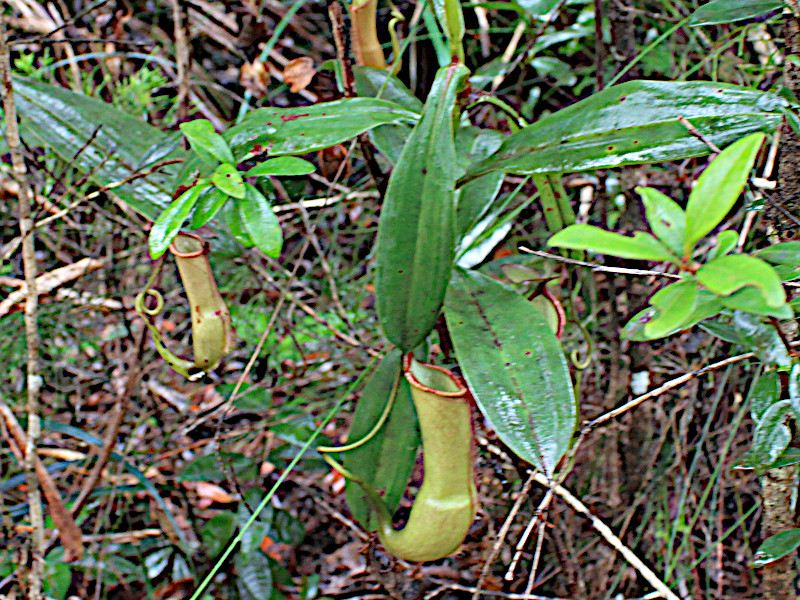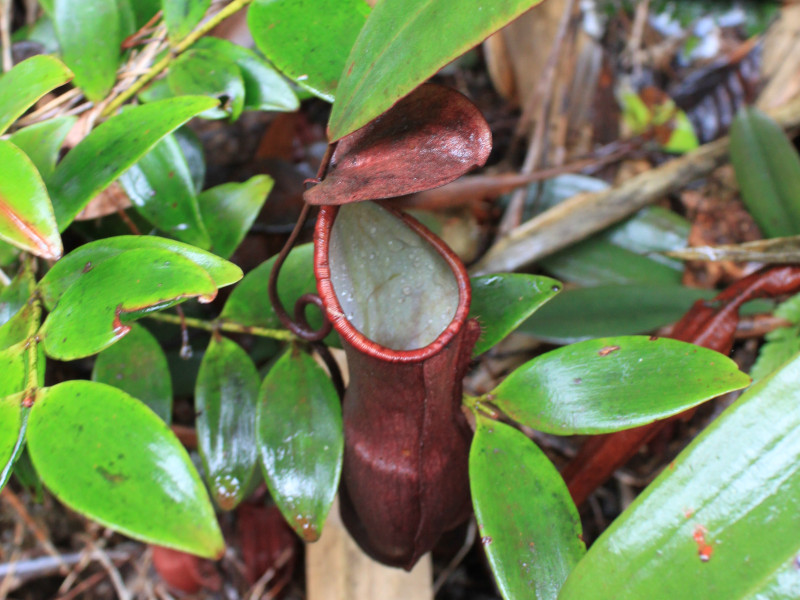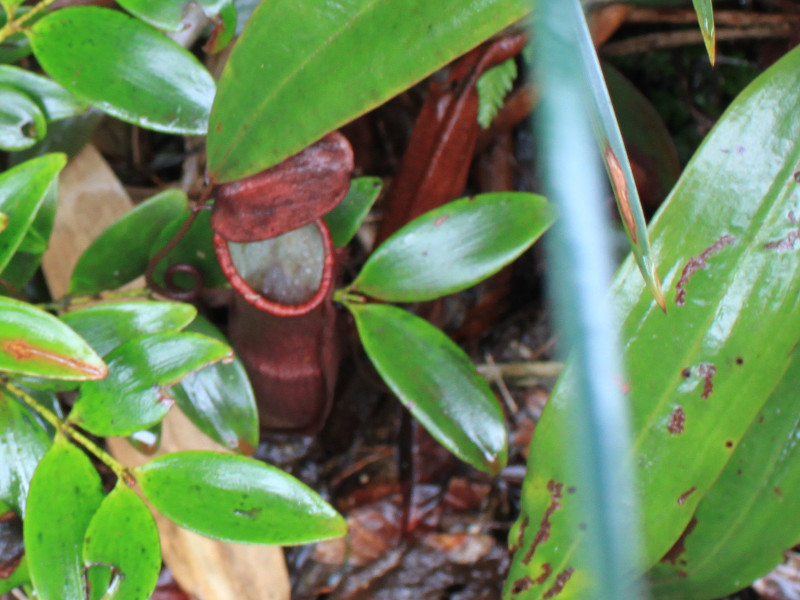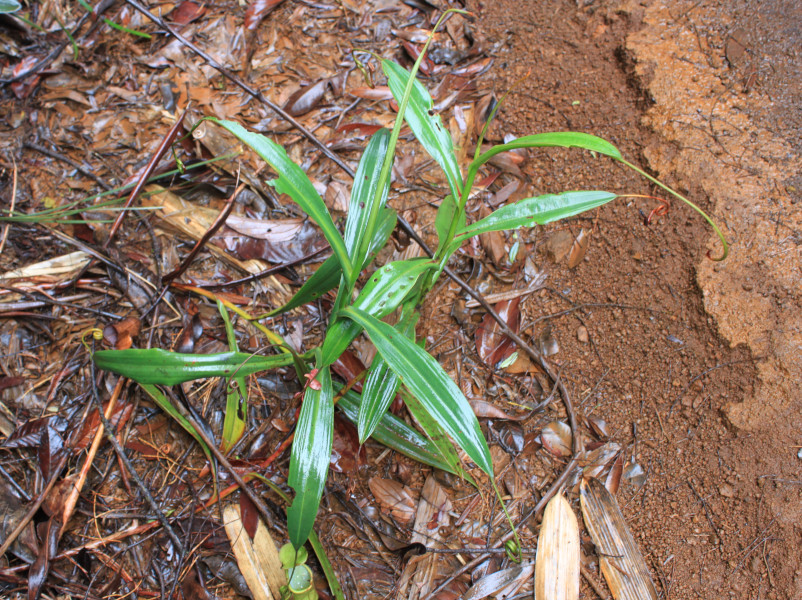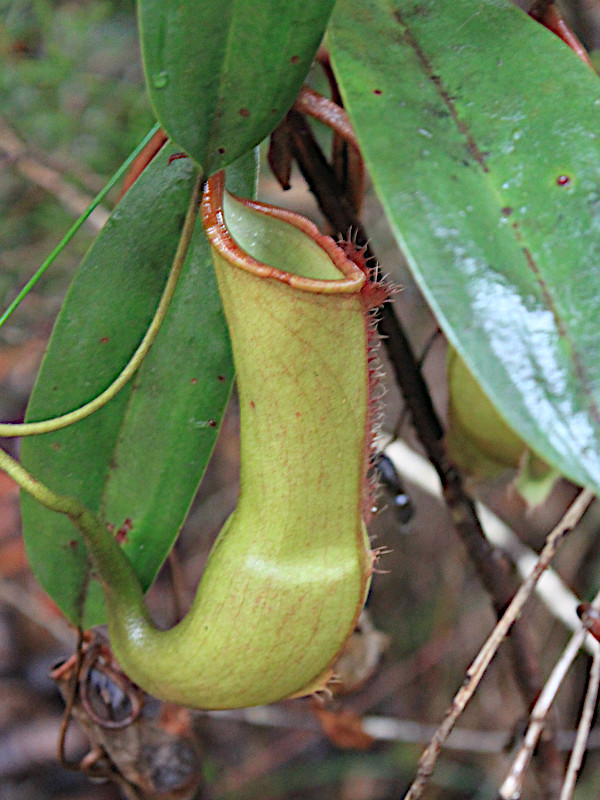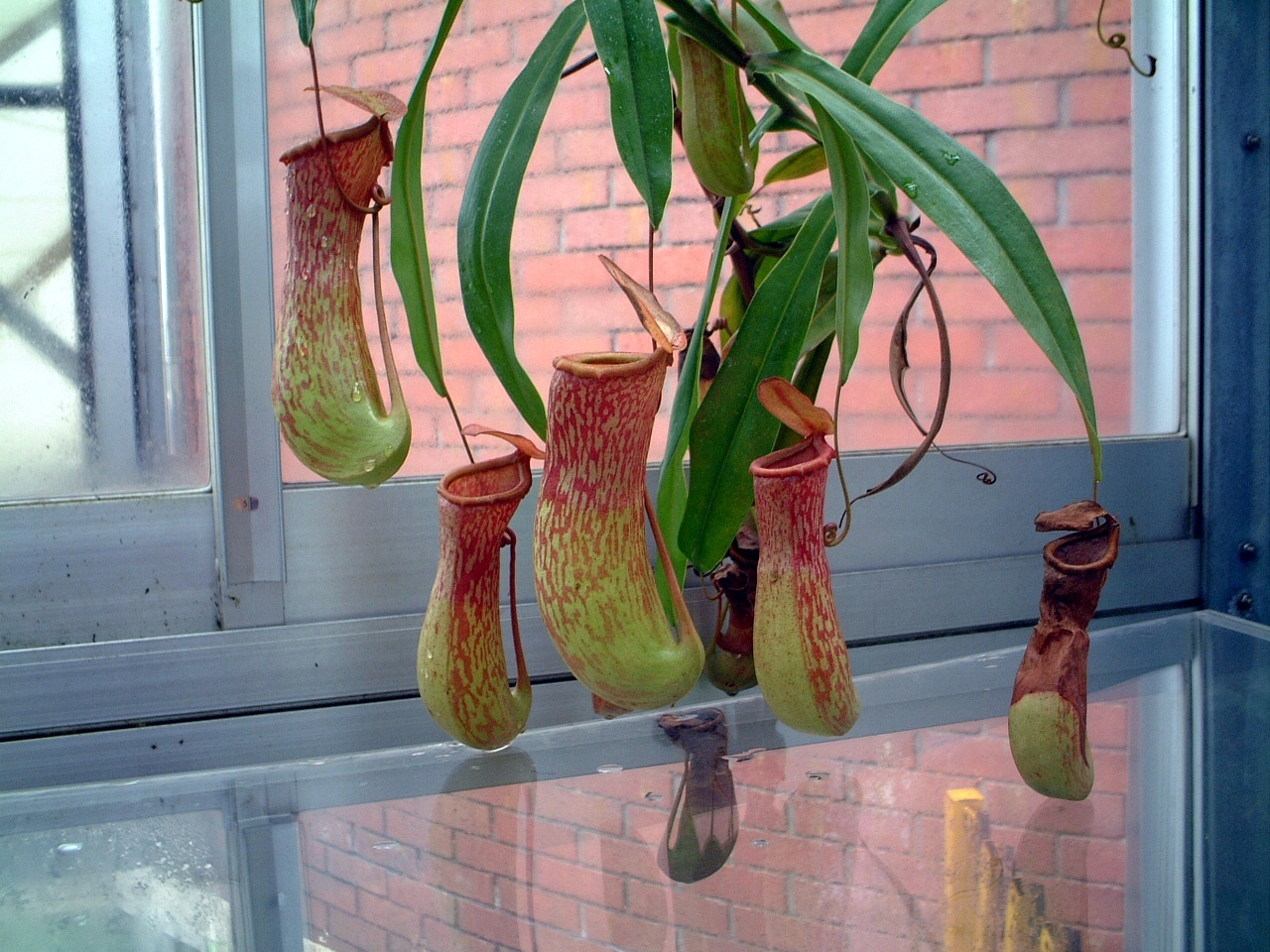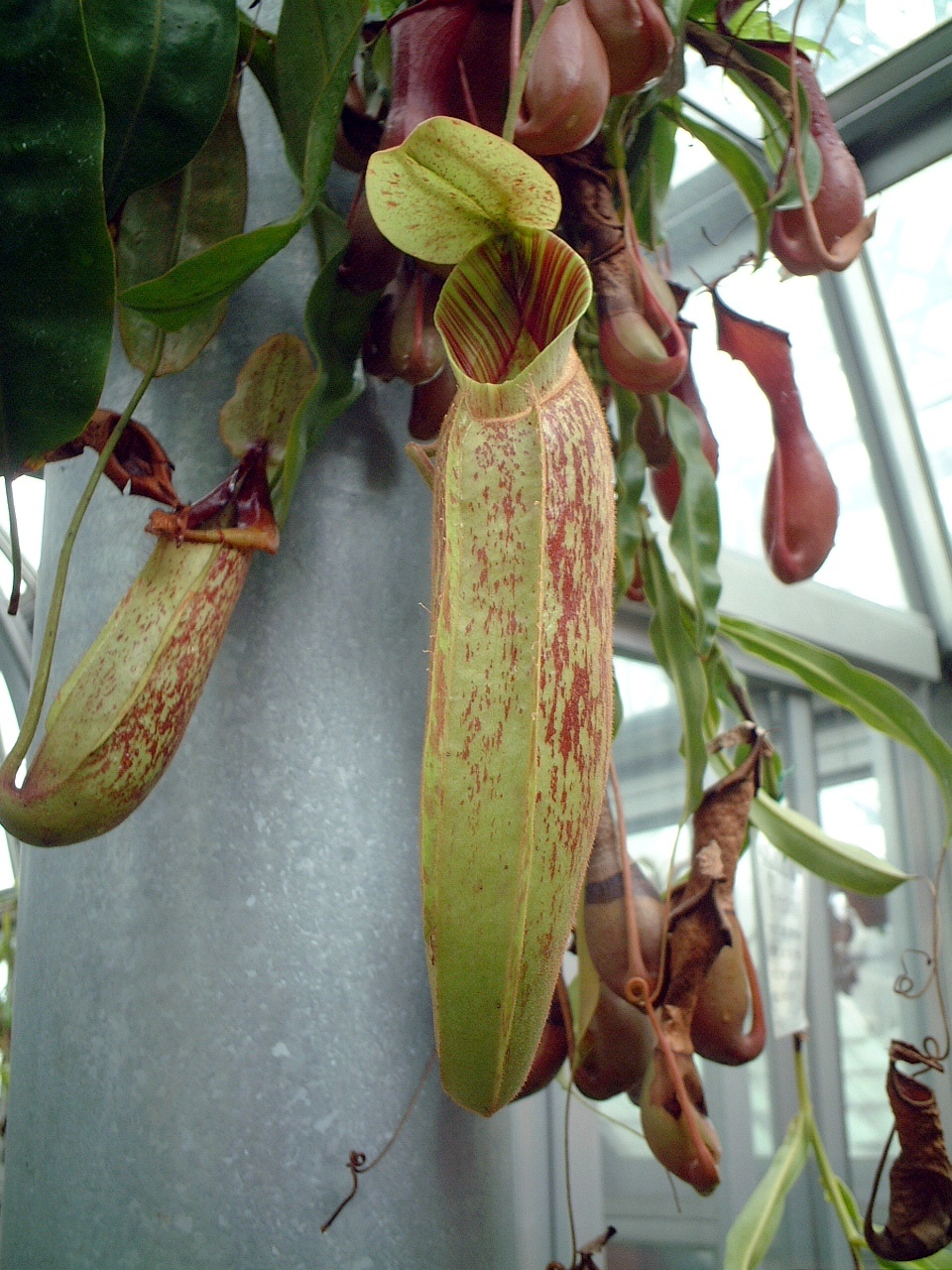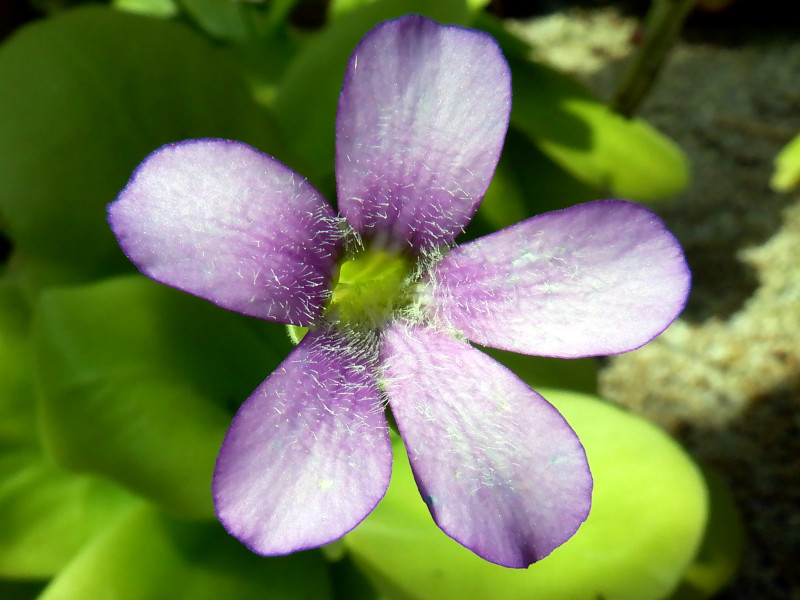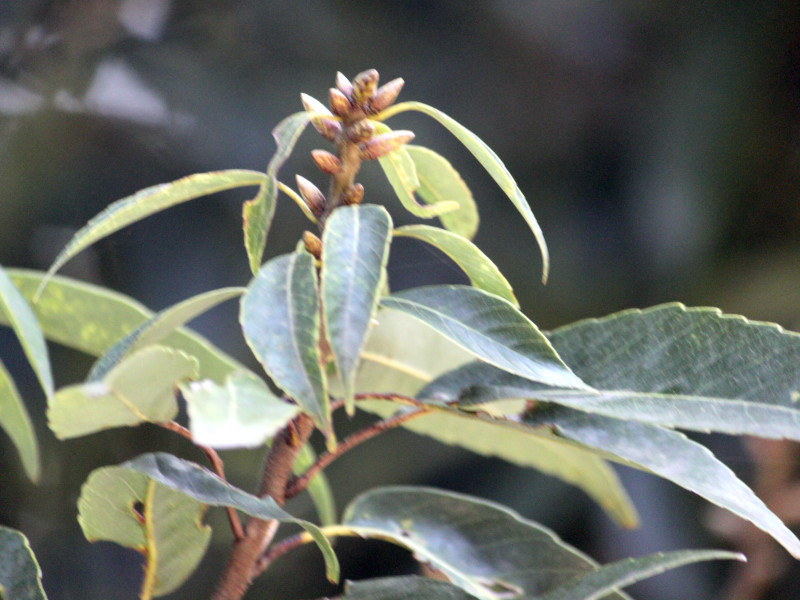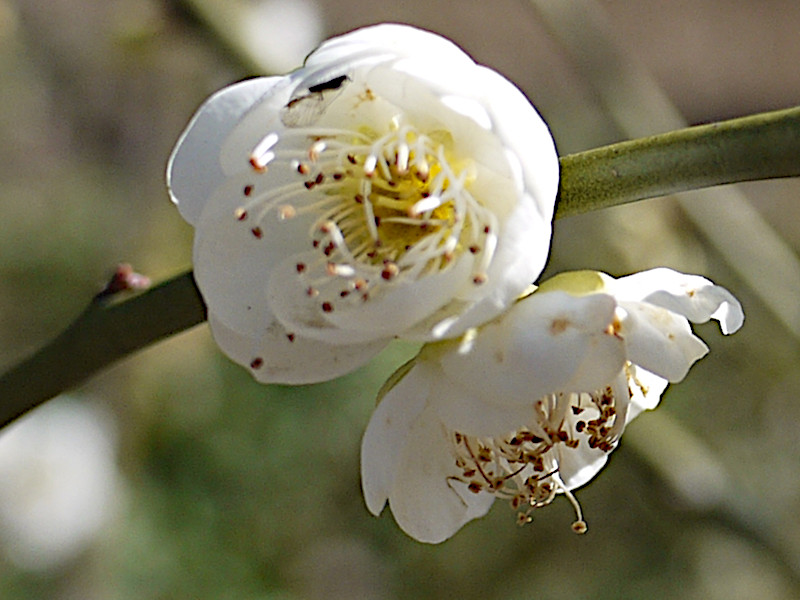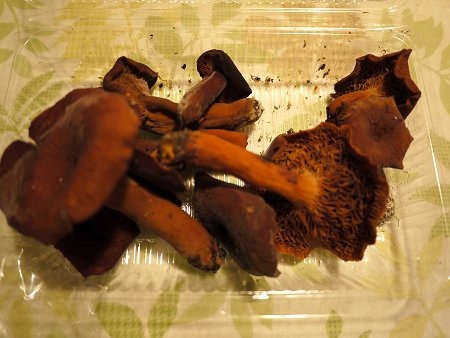Nepenthes rafflesiana
- Flower nameNepenthes rafflesiana
- Scientific nameNepenthes rafflesiana
- Alias靫葛, ネペンテス, Tropical Pitcher Plant, Nepenthes, rafflesiana
- Place of originSoutheast Asia, Malay Peninsula
- Place of floweringGreenhouse
- Flowering seasonJune, July
What is Nepenthes rafflesiana
When researching the Rafflesiana, I was struck by an interesting fact. The scientific name "rafflesiana" of Nepenthes rafflesiana is related to the world's largest flower "Rafflesia arnoldii" (scientific name: Rafflesia arnoldii), the super luxury hotel "Raffles Hotel" in Singapore, and this rafflesia itself. Raffles Hotel", a super luxury hotel in Singapore, and the Rafflesia itself are also related.
The Rafflesia was discovered by Thomas Raffles, the botanist and founder of Singapore, when he was the leader of an expedition in the jungle.
Furthermore, the genus name "Nepenthes" is a compound of "ne (not)" + "penthe (pain/sorrow, pathos)," meaning "something that makes one forget pain/sorrow," and was named by the great botanist Carl von Rinne, who was quite pleased with the discovery of this plant.
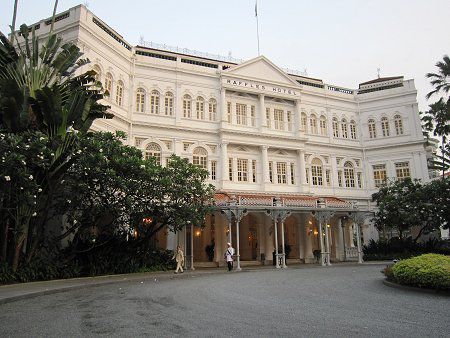

Raffles Hotel (taken in Singapore) and Rafflesia flowers (this is a replica)
Nepenthes rafflesiana is an evergreen vine of carnivorous plants of the genus Nepenthes, in the family Nepenthaceae native to Southeast Asia, Malay peninsula . Give the collecting bug bag of pot to thin vines extends from the tip of the blade. Captured insects trapped and accumulated digestive juices at the bottom of many saggy tube collection bug bag out digestive juices dissolve the insects nutrients to grow. In what looks like a leaf petiole-like is called the fake leaves (phyllode). Collection bug bag is a deformed leaves. Collection bug bag down in differently shaped, bag at the top of the pot with markings, is round at the bottom of the bag. Flowers are dioecious, on separate plants, and in June-July the plant produces a gross inflorescence with small, inconspicuous, red or purple, four-petalled flowers.Uses: ornamental plant, grown in greenhouses as an ornamental.
Origin of name
The Japanese name 'Nepenthes' is derived from the insect pouch, which resembles an arrow-carrying quiver (utsubo).
The genus name 'Nepenthes' is a compound of 'ne' (not) + 'penthe' (pathos), meaning 'that which makes one forget pain and sorrow', and was given by Carl von Linné when he discovered this plant.
The species name 'rafflesiana' is a dedication to the British colonial administrator, founder of Singapore and botanist 'Sir Thomas Stamford Binpathos gley Raffles (6 July 1781 - 5 July 1826)'. He discovered the Rafflesia (Rafflesia), the largest single flower in the world, and also collected the Eurasian watermilfoil. The famous Raffles Hotel in Singapore is named after him.
Common name: Nepenthes rafflesiana, scientific name:Nepenthes rafflesiana, origin: South Asian, living type: lowland forest edge, living type: Evergreen vines and carnivorous plants, height: 1-2 m, leaf length: 15-30 cm, leaf shape: oval, petiole: aerobic, dioecious, inflorescence shape: racemes, petal number: 4, flower color: red or purple, Flower diameter: 0.6 cm, applications: carnivorous plants and ornamental plants.
